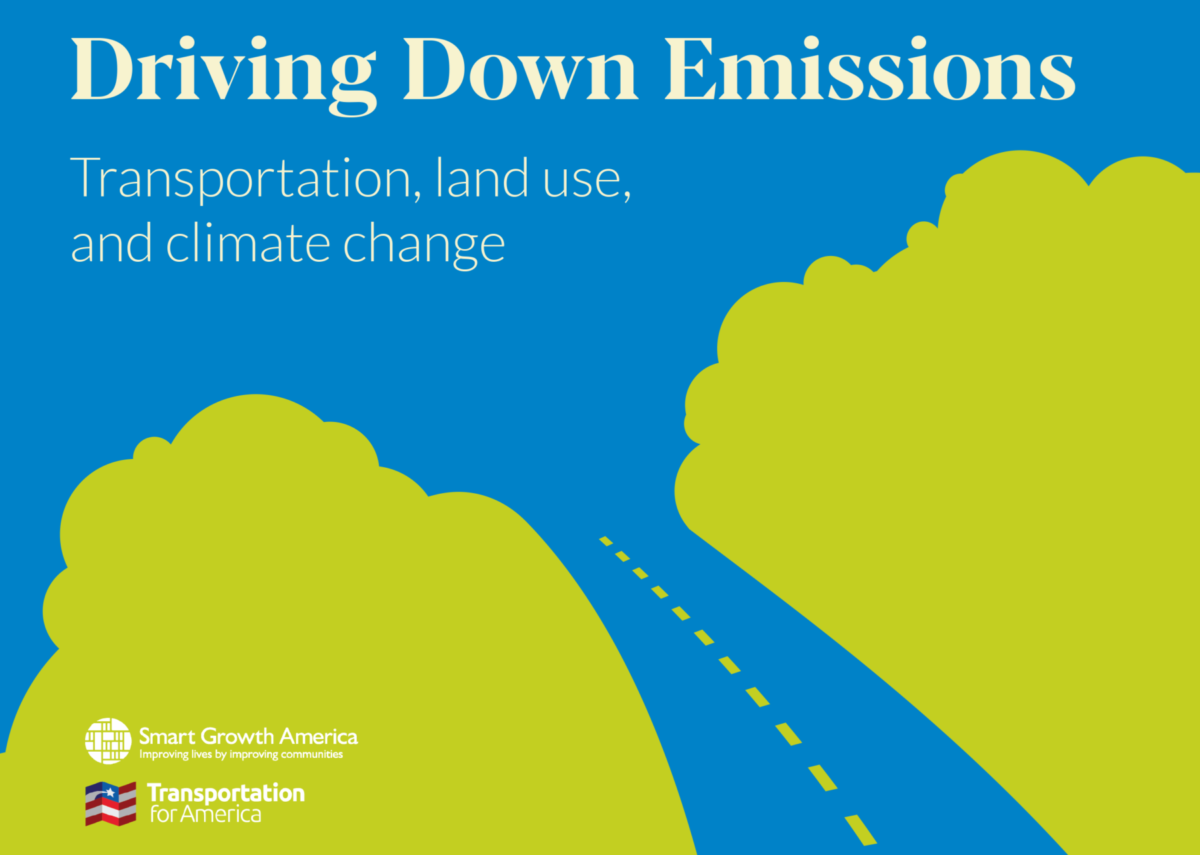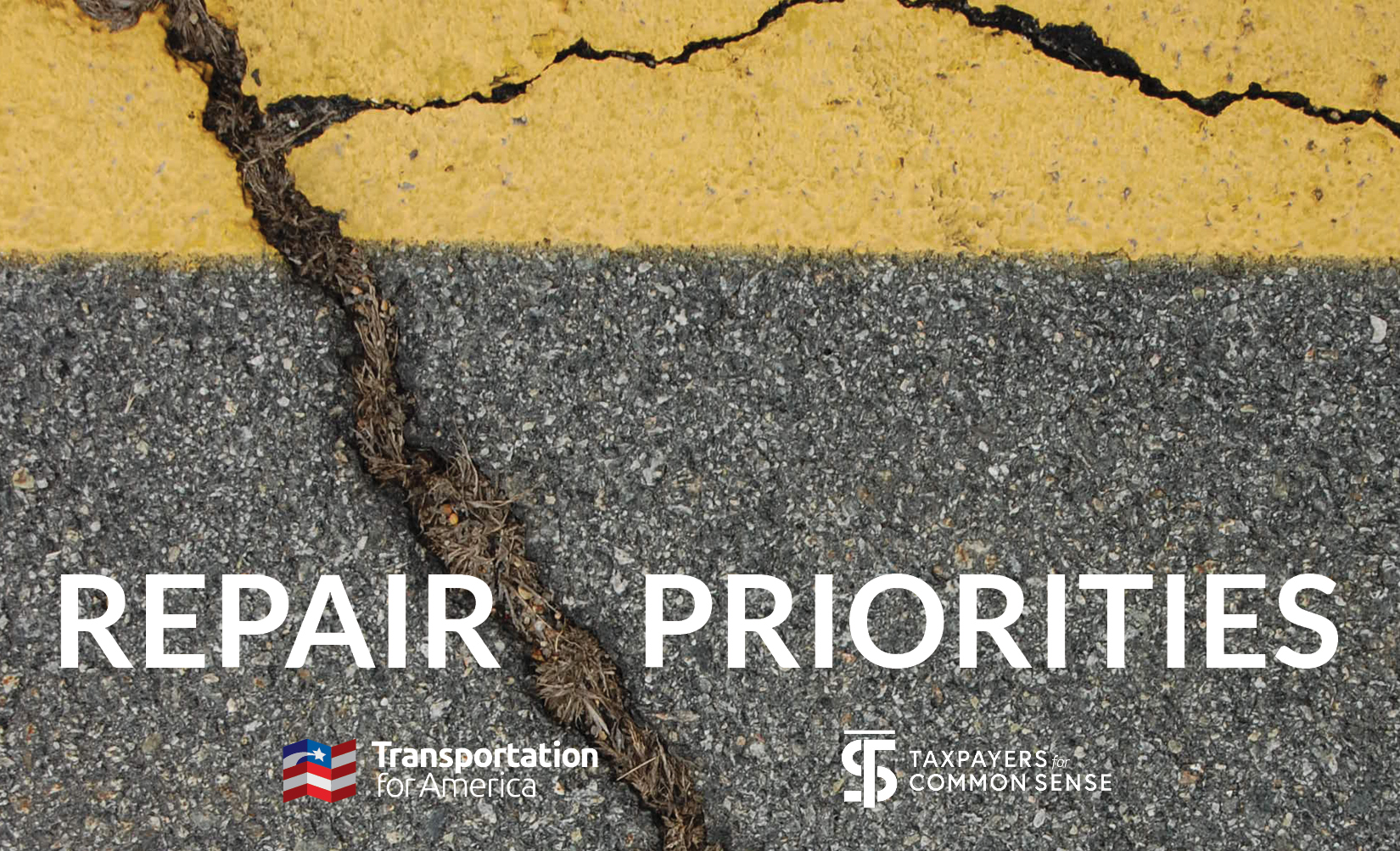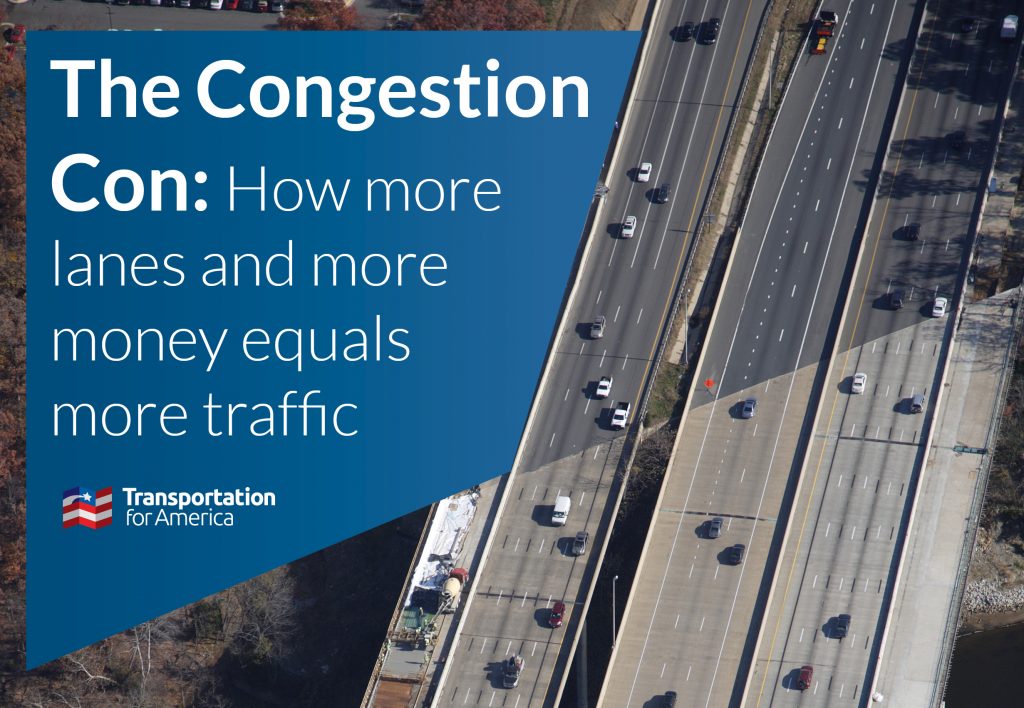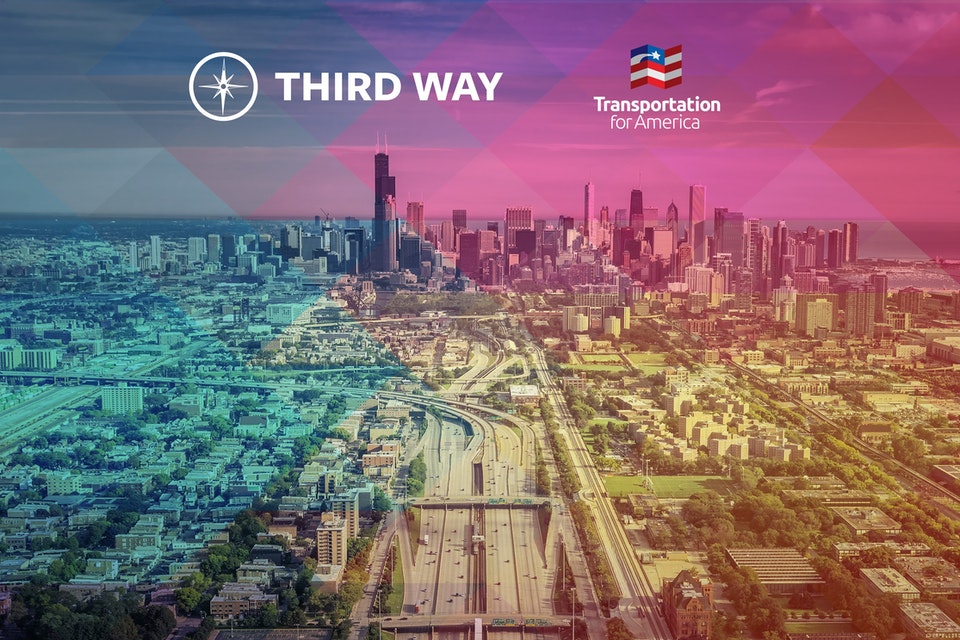Posts Tagged "driving"
When gas prices rise, choice matters

High gas prices put pressure on many Americans’ finances. Unfortunately, the cost of gas depends on a variety of factors, and there’s no silver bullet. Focusing on ineffective short-term solutions can often distract from the long-term problem: when the places we live are designed only for car travel (and longer trips), Americans are forced to pay the cost.
Senate Democrats recommend less driving—as Senate committee approves billions for new roads
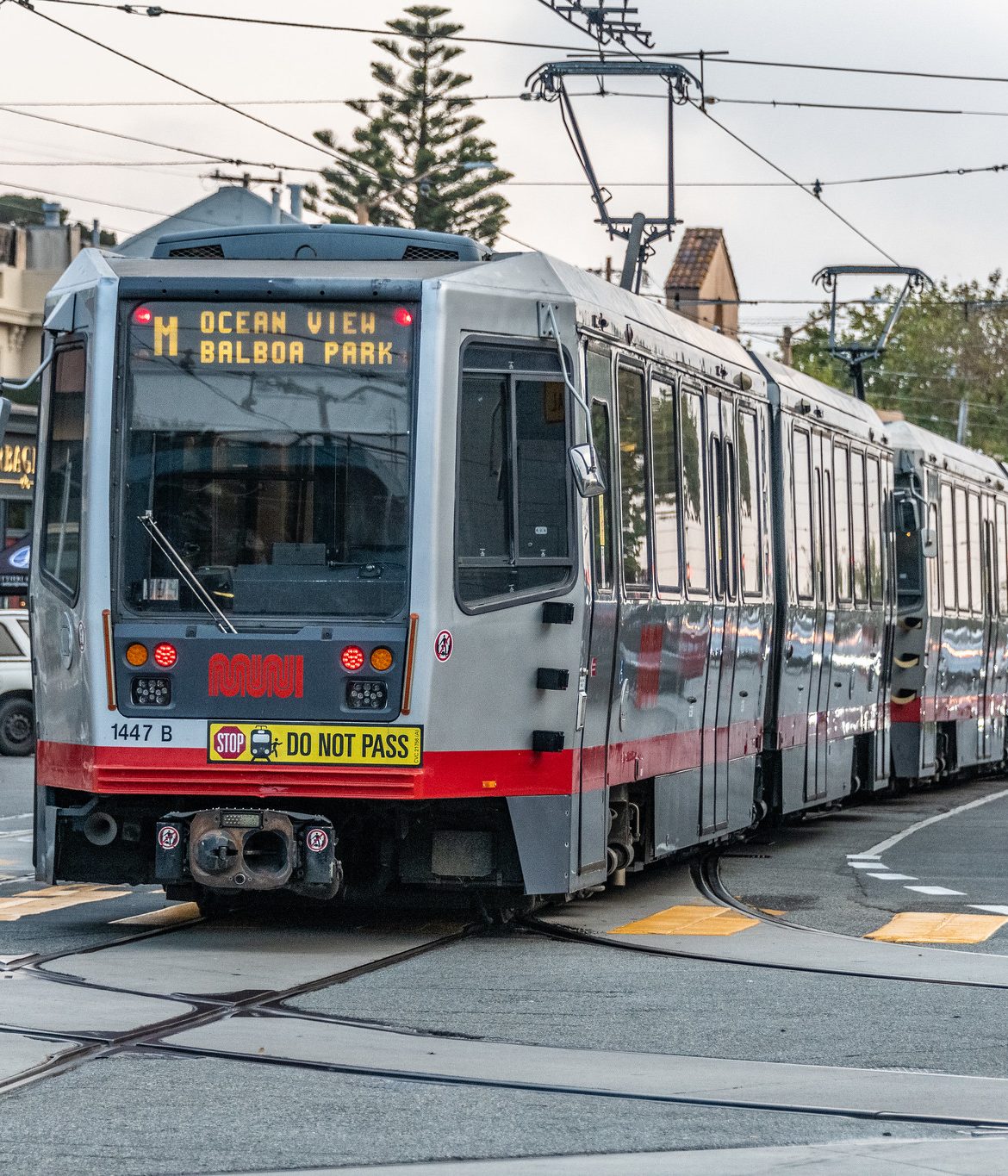
The Senate Democrats’ Special Committee on the Climate Crisis recently released a report recommending key federal actions in each sector to avert the impacts of climate change, incorporating a number of Transportation for America’s recommendations. In fact, the very first recommendation for the transportation sector is to enable Americans to choose walking, biking, or public transportation over driving.
Drop in driving growth is likely permanent, FHWA acknowledges, compounding the threat to transportation revenues
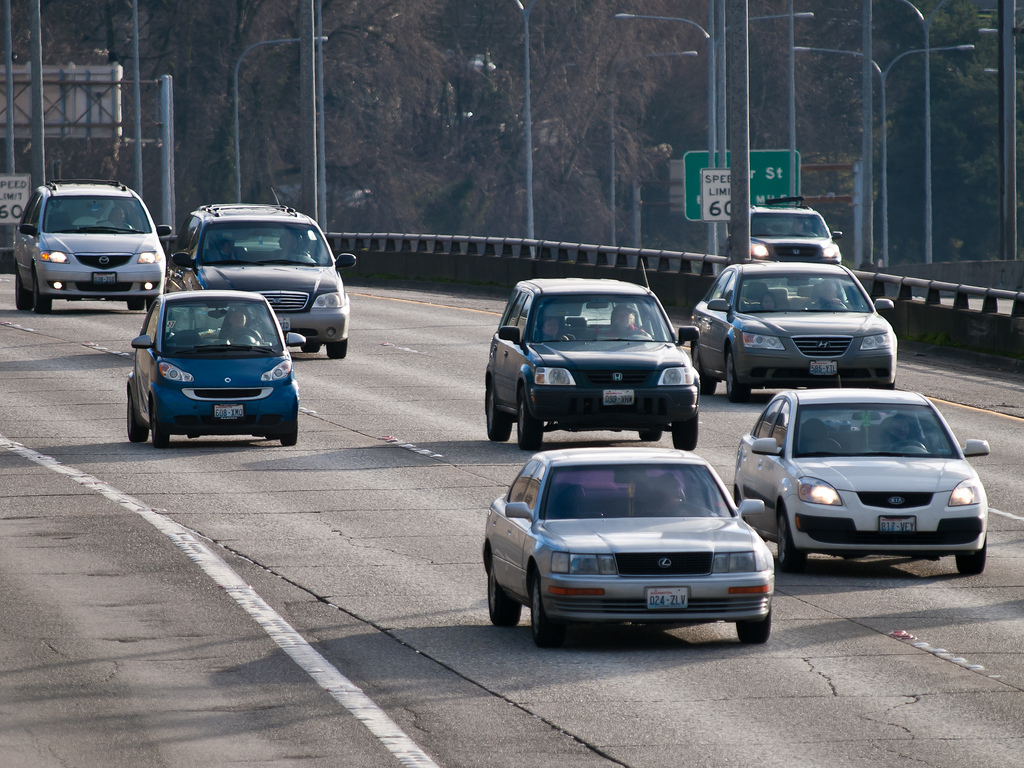
Following years of the gas tax losing its value due to inflation and a vehicle fleet becoming more efficient, a federal transportation agency has finally issued a more realistic projection of future driving that ensures that today’s gas tax won’t be a sustainable funding source for transportation investment.
What happens when driving rates continue to drop?
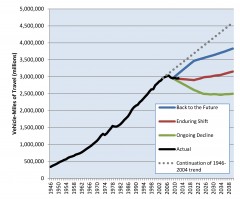 The typical American drives less today than at the end of Bill Clinton’s first term and the millennial generation (16-34) is leading the charge. But how likely is that trend to hold in the future? And if it does, what does that say about what we should be building, and how we will pay for it, if not with the gas taxes raised from driving? A game-changing new report seeks to answer the first question, and to fuel a conversation about the second.
The typical American drives less today than at the end of Bill Clinton’s first term and the millennial generation (16-34) is leading the charge. But how likely is that trend to hold in the future? And if it does, what does that say about what we should be building, and how we will pay for it, if not with the gas taxes raised from driving? A game-changing new report seeks to answer the first question, and to fuel a conversation about the second.
Young people leading the downward trend in driving, report finds
A fascinating new report from U.S. PIRG, “Transportation and the New Generation: Why Young People Are Driving Less and What It Means for Transportation Policy” examines a phenomenon many thought we’d never see: A drop in miles driven by those traditionally most eager to drive, young people recently eligible to drive. From the report: From World […]
Rural Senators focus on heartland transit
How could a new transportation bill revitalize rural and small-town America? That was the focus of a Senate Democratic Steering Committee briefing on “Issues and Innovations for Small Towns and Rural Communities” in the Capitol Visitors Center last Friday. Transportation for America co-chair and former Meridian, Mississippi Mayor John Robert Smith shared his perspective as […]
Bay Area bridge shutdown puts transportation network in the spotlight
Even in the San Francisco Bay Area, a renowned transit hub with higher than average rates of walking, biking and transit ridership, more than 280,000 vehicles cross the San Francisco-Oakland Bay Bridge every day. It’s a critical artery connecting downtown San Francisco with the thousands of residents who live in Oakland and the surrounding suburbs. […]
It’s time to make the link between health and transportation
Most of the news coverage about what is happening in Washington compartmentalizes health and transportation, missing key connections between the two. This week, Americans from around the country will speak to their representatives, seeking to emphasize those links. The “health fly-in” will commence Thursday and is sponsored by Transportation for America, the American Public Health […]
Cellphones and texting pose great risks behind the wheel
Last week, the New York Times covered the news that the National Highway Transportation Safety Administration decided in 2003 not to release preliminary data showing that talking on cellphones while driving — whether using a hands-free device or not — posed a safety risk nearly equivalent to drunk driving. Researchers at the NHTSA were pushing for a more extensive research program to follow their preliminary research, but due to what the Times cited as “political considerations,” not only was the extra study and research not ordered, but the existing findings were essentially buried.














